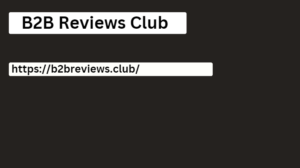Email your most active subscribers first and they will increase open rates, signaling to the email provider that this is a good email. Sending a large number of emails from a cold address and your entire email list may be marked as spam. It can also get you blacklisted before you even start. Implementing Authentication Protocols Another way to ensure your domain is not compromised is to require anyone sending email on behalf of your domain to present their credentials to the email provider. Domain-based message authentication reporting and consistency is a protocol that protects domains from unauthorized use i.e. phishing emails and email spoofing.
Protect the domain by providing your email provider with specific instructions on what the sending domain is allowed to use. When sending an email the email provider will check both the source in the sender policy framework and the domain key to identify the B2B Reviews Club email to verify legitimacy and decide whether it belongs in the main inbox quarantine or spam folder. Tell the email provider the provider allows to send email from the domain. is an encrypted digital signature that tells the inbox provider what a real email from that domain should contain. For example all emails from the domain should contain a header with this text that logo and these body paragraphs.

If the email does not contain these elements then the authentication keys will not match. The inbox provider will then refer to the protocol to decide whether it goes into the spam folder or is blocked entirely. Keep Your Email List Hygienic It doesn’t matter if you have a huge email list if most of your emails bounce or go unopened. When bounce rates increase while engagement metrics decrease this is a sign to the receiving server’s intrusion prevention system that you are not actively maintaining your lists or sending engaging content. When the server receives these signals your email may be sent to the spam folder.